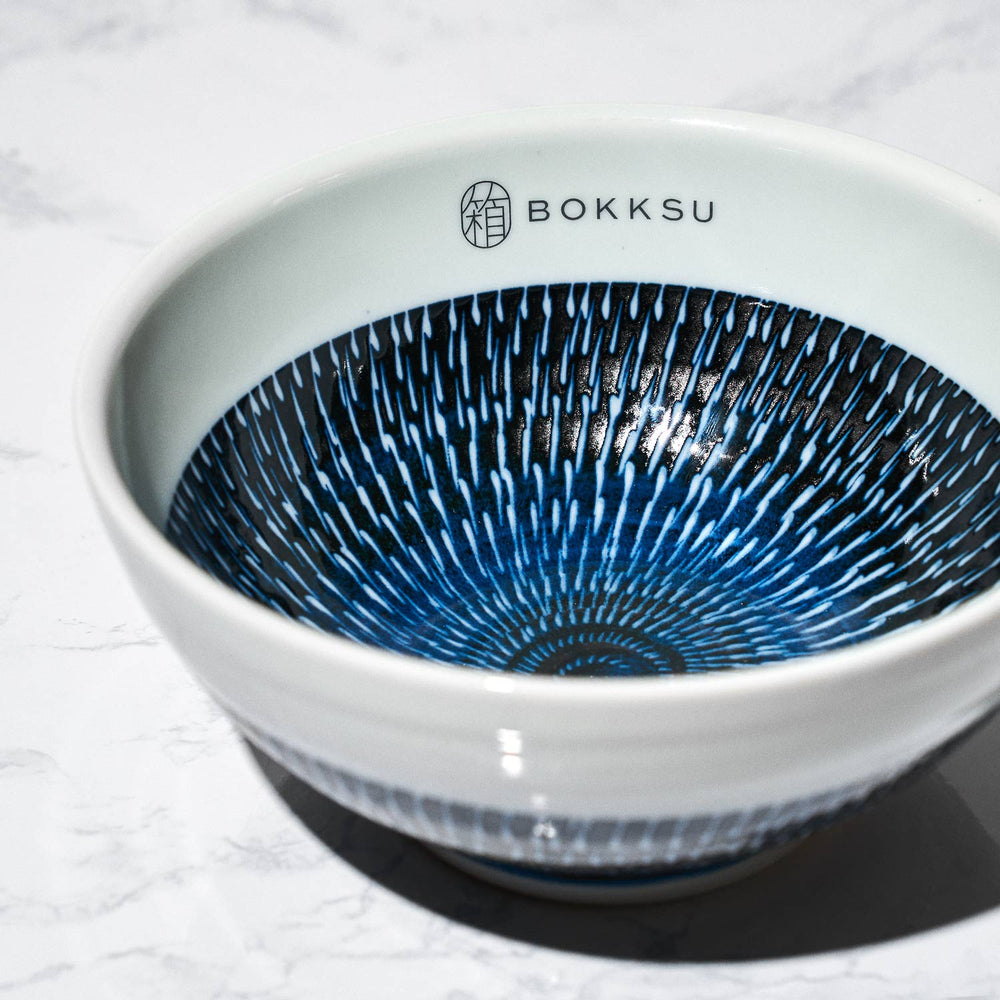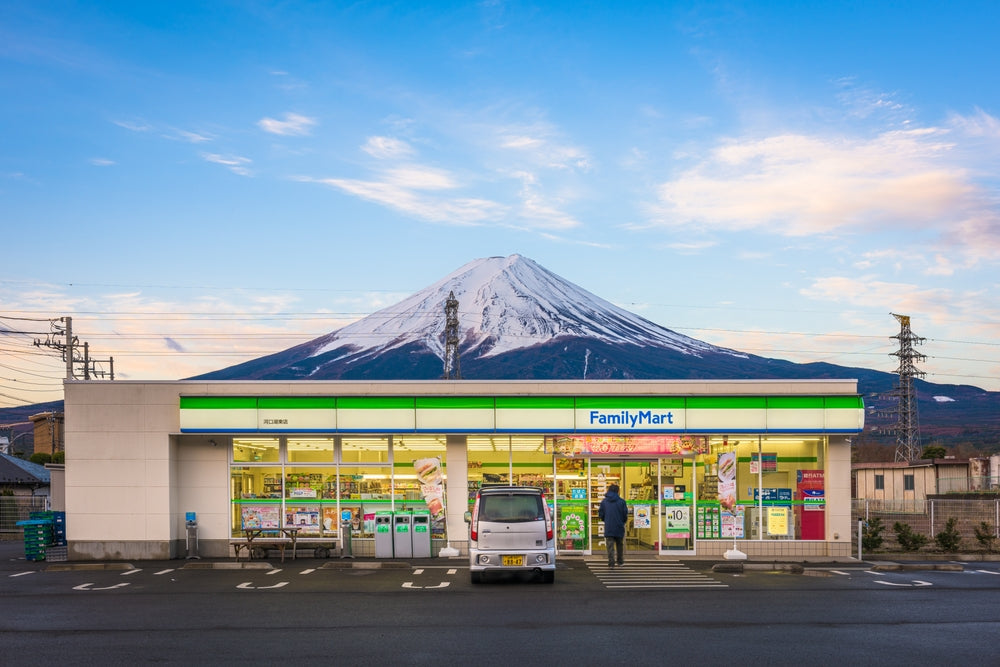Exploring Tokyo’s Yamanote Line: Your Essential Guide to Japan’s Iconic Loop Train
Introduction to the JR Yamanote Line

The JR Yamanote Line, operated by East Japan Railway Company (JR East), serves as the backbone of Tokyo's public transportation network. This green train line connects 30 stations, including major hubs like Shinjuku, Shibuya, and Tokyo Station, providing easy access to cultural landmarks, shopping areas, and business districts. With trains running every few minutes and carrying over 3 million passengers daily, it is an essential part of the daily lives of commuters, tourists, and locals alike. Its extensive coverage of central Tokyo ensures that no matter where you are, a Yamanote Line station is always within reach, making it the ideal way to navigate the city's bustling streets.
A Brief History of the Yamanote Loop

The JR Yamanote Line began operations in 1885, initially functioning as a freight railway connecting Shinagawa Station to Akabane Station via Shinjuku. At the time, the line served as a north-south route rather than a complete loop, playing a vital role in transporting goods to and from the city. In 1909, this stretch of railway was officially named the "Yamanote Line," with the name "Yamanote" referencing Tokyo’s upscale residential areas of the period. It wasn’t until 1925 that the Yamanote Line became a full circular loop, following the completion of the section between Ikebukuro and Tabata. This development solidified its position as a key component of the capital's transportation network.
After World War II, Tokyo's rapid reconstruction and economic growth led to a population boom and increased demand for public transportation. The Yamanote Line was electrified and expanded to meet these needs. Over time, it has continually adapted to meet the demands of modern Tokyo. In 2020, Takanawa Gateway Station was introduced between Shinagawa and Tamachi, marking the first new station on the line in nearly 50 years. With continuous upgrades, including station improvements, enhanced accessibility, and plans for integrating advanced technologies, the Yamanote Line remains poised to serve as a vital backbone of Tokyo's rail network for years to come.
Understanding the Yamanote Line Map

The Yamanote Line follows a circular route around Tokyo, connecting 30 key stations. Starting at Shibuya Station, it passes through prominent areas such as Shinjuku, Ikebukuro, and Akihabara before returning to its origin. The full loop takes about an hour, with trains stopping at each station and Yamanote Line services running every 2-3 minutes throughout the day. The line's circular design offers great convenience, particularly for tourists, as passengers can board at any station and reach their destination without needing to transfer to another line.
Navigating the Yamanote Line is easy, thanks to clear signage at stations in Japanese, English, Chinese, and Korean. Each station features color-coded maps, with the Yamanote Line marked in green. Trains run in two directions—the inner loop (uchimawari) and the outer loop (sotomawari)—so it’s important to check the signs to ensure you're going the right way. To avoid crowds, it’s best to plan your trip ahead and travel outside of rush hours when trains are most packed. Keep in mind that the line only operates local trains, meaning it stops at every station.
Major Yamanote Line Stations and Their Highlights

The Yamanote Line is the only line that links all of Tokyo's central stations, each offering its own unique highlights. One of its key stations is Tokyo Station, the city's central hub and a terminal station for all Shinkansen bullet trains. This historic station is home to the striking red-brick Marunouchi Building, underground shopping streets, and gourmet delights in Kitchen Street. Heading west, Shibuya Station is famous for the iconic Shibuya Crossing, where thousands cross in perfect synchronization, and the beloved Hachiko Statue. A few stops north, Shinjuku Station, which is known as the busiest in the world, delivers a unique blend of nature and energy, with the tranquil Shinjuku Gyoen National Garden contrasting with the neon-lit streets of Kabukicho, Shinjuku's entertainment district, filled with bars, restaurants, and nightlife.
To the north, Ueno Station is renowned for its cultural attractions, including the famous Ueno Zoo, home to giant pandas, and the vast Ueno Park, which features museums such as the Tokyo National Museum and the National Museum of Nature and Science. Further northwest, Ikebukuro Station showcases a different side of Tokyo with the enormous Sunshine City complex, which includes an aquarium, planetarium, and a large shopping mall. Ikebukuro is also a hotspot for anime fans, with numerous stores offering anime merchandise and character goods. Each of these stations provides a unique insight into Tokyo's vibrant character, making the Yamanote Line the ultimate route for exploring the city’s diverse facets.
How to Use the Yamanote Line Train: Tickets and Passes

Exploring Tokyo’s circular line is both convenient and budget-friendly with the right ticketing options. Suica and Pasmo are the most popular rechargeable smart cards, offering seamless tap-in, tap-out access to trains, buses, and even convenience stores throughout Tokyo. These cards can be purchased at ticket vending machines or ticket offices, with a refundable deposit and the flexibility to load additional funds as needed. They provide a hassle-free way to travel, making them ideal for those who prefer to move around the city without the need to buy individual tickets for each trip.
For international travelers planning to explore Japan extensively, the Japan Rail Pass is a cost-effective choice. The JR Pass provides unlimited travel on JR trains across the country, including the Yamanote Line. However, if you're mainly staying within Tokyo, daily passes offer an excellent alternative for unlimited travel within a specific time frame. For example, the Tokyo Metropolitan District Pass (Tokunai Pass) allows unlimited rides on the Yamanote Line and other Tokyo train systems.
Best Times to Ride the Yamanote Line

Traveling on the Yamanote Line during Tokyo’s notorious rush hours can be overwhelming, with crowded trains and busy platforms, especially on weekday mornings from 7:30–9:30 AM and evenings from 5:00–7:00 PM. To avoid the commuter rush, try to schedule your trips during off-peak hours, such as late mornings or early afternoons, when trains are less packed. This is usually between 10 AM and 4 PM or after 8 PM. If you need to travel during busy times, consider using the women-only cars or heading to the front or rear cars of the train, which are generally less crowded. Alternatively, weekends and holidays offer a slower pace, making them a good time to explore Tokyo.
Connections and Transfers: Expanding Your Journey

The Yamanote Line offers unmatched convenience for transferring to other JR lines and Tokyo Metro lines, making it easy for travelers to access distant areas of Tokyo. For instance, at Tokyo Station, passengers can transfer to the JR Chūō Line (Rapid Service) for quick access to places like Kichijoji and Tachikawa. This makes Tokyo Station not just a gateway to the city’s lively neighborhoods, but also a crucial starting point for exploring the suburbs or nearby prefectures. Additionally, the station connects to other JR lines and the Tokyo Metro Marunouchi Line, making it an essential transit hub for efficient travel throughout the capital.
Further along the Yamanote Line, Akihabara Station, famous for its lively Electric Town, offers transfers to both the Hibiya Line and Chūō-Sōbu Line. The Hibiya Line provides access to areas like Roppongi and Naka-Meguro, while the Chūō-Sōbu Line makes it easy to reach eastern districts and neighboring Chiba Prefecture. These smooth connections allow visitors to explore Akihabara’s vibrant world of gadgets, anime, and gaming before easily continuing their journey to other parts of the city.
Insider Tips for a Smooth Yamanote Loop Ride

Navigating Tokyo’s train system is easy with a few helpful tips. When riding the Yamanote Line during peak hours, try to sit in the first or last train cars, or use the Women’s Only car. For busy stations like Ikebukuro and Shinagawa, it's a good idea to plan your route in advance and follow the clear signage to avoid getting lost in the maze of platforms. On the train, remember to observe proper etiquette: avoid speaking loudly, keep your phone on silent, and offer priority seats to elderly passengers, pregnant women, or those with disabilities. If you’re carrying luggage, stand near the door or store your bags on the overhead racks to keep space available for others. When transferring between lines, take advantage of the helpful overhead signs to find the right platforms and follow the flow of the crowd to avoid congestion. By keeping these simple tips in mind, you can navigate Tokyo’s busiest hubs with ease and confidence.
Exploring Culture Along the Yamanote Line

The Yamanote Line is more than just a way to travel—it’s a gateway to some of Tokyo’s most exciting cultural spots, hidden gems, and unforgettable local dining experiences. For a memorable shopping experience, visit Harajuku Station and explore Takeshita Street, where trendy boutiques and quirky shops fill this lively shopping street. In Shinjuku, enjoy stunning city views from the Tokyo Metropolitan Government Building’s observation deck, an often-overlooked treasure offering a free panoramic view of the Tokyo skyline. For a peaceful stroll, hop off at Ueno Station and wander through Ueno Park, home to museums, temples, and seasonal blooms. If you're craving a tasty local meal, head to Ikebukuro Station and dive into the dining scene at Sunshine City, where you can enjoy ramen, sushi, and unique dessert cafés.
Why the Yamanote Line Remains Tokyo’s Lifeline

From its origins as a freight line to its current status as the backbone of Tokyo's transportation network, the Yamanote Line has consistently provided unmatched convenience and efficiency to both locals and tourists. As Tokyo continues to grow and evolve, the line has kept pace, constantly upgrading its services to meet the needs of the city’s fast-paced environment. Whether you're a first-time visitor or a long-time resident, the Yamanote Line remains an essential resource for exploring and navigating this metropolis with ease and excitement.
Just as the Yamanote Line connects you to Tokyo’s iconic landmarks, a Bokksu Snack Box Subscription offers a gateway to Japan’s authentic flavors, bringing a taste of the country’s diverse culinary heritage directly to your door each month. With every box, you’ll take a flavorful journey across Japan from the comfort of your own home.
Author Bio





























